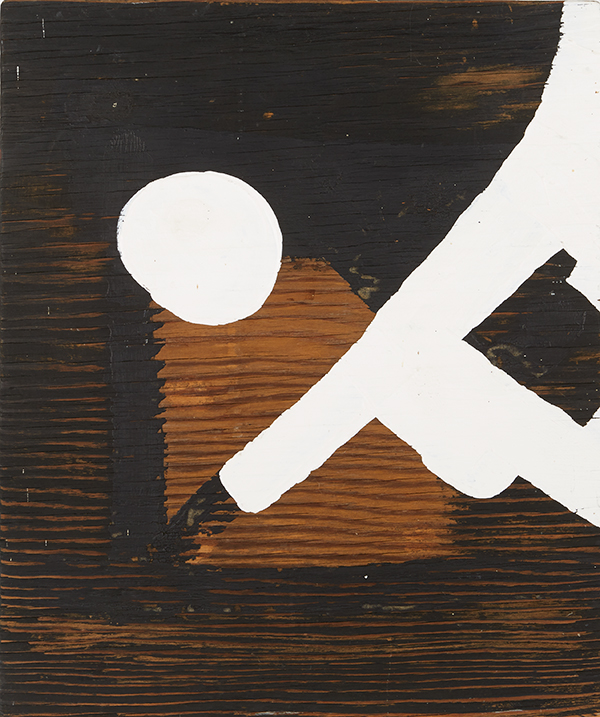About Marin Collects
Marin Collects showcases significant art and design from the private collections of Marin County residents. This inaugural exhibit will feature works on loan from the J.B. Blunk Collection, the Collection of Deborah and Jonathan Parker, and the Cella family. Marin Collects is intended to celebrate the passion that moves people to acquire art that evokes and stirs something within them. Marin Collects brings unique pieces together in support of sharing an appreciation of the arts in our community.
Exhibition dates: March 5 to April 5, 2018
Presenting Sponsor: The Cella Family Foundation
Exhibit Sponsor: Norton Fine Art
About Marin Collectors
LJ Cella
LJ Cella has collected fine and decorative artworks for more than 30 years. He is a former trustee at both the Palm Springs Art Museum and the Museum of Contemporary Art, San Diego. A private investor and resident of Kentfield, Cella gifted a collection of architectural drawings and furniture to the Palm Springs Art Museum. As a founding member of that museum’s Architecture & Design Center, Cella led the board of trustee’s Strategic Planning Committee.
Mariah Nielson
Mariah Nielson’s background as an architect has informed her work as a curator and design historian. She worked as curator at the Museum of Craft and Design, San Francisco, (2009 — 2011) and as director of the J.B. Blunk Residency (2007 — 2011). Nielson is currently the director of the J.B. Blunk Estate and co-founder of the design brand Permanent Collection.
Jonathan Parker
Jonathan Parker is a writer-director of independent feature films including Bartleby, a print of which is in the permanent collection of MOMA in New York. He is also a commercial real estate developer and current president of the board of the California Film Institute. He has lived in Marin for 30 years.
About J.B. Blunk Collection

J.B. Blunk’s (1926 – 2002) art practice began in Bizen, Japan in 1952. While stationed in Korea during the Korean War, Blunk would visit Japan regularly, searching for the work of ceramicist Shoji Hamada, whose pieces he had first seen at an exhibition in Los Angeles. After a chance encounter with sculptor Isamu Noguchi in a mingei (craft) shop Blunk was introduced to famed potters Rosanjin Kitaoji and Toyo Kaneshige with whom he later apprenticed. The making of Bizen pottery appealed to Blunk on many levels: digging and processing the clay, use of simple tools, the mark making of hands, the elemental quality of wood-fired pieces, and an ambience that more closely resembled the previous rather than the twentieth century, were all aspects of life in Japan that deeply influenced Blunk and his creative process.
After moving to Marin County in 1958, he met, through Noguchi, the Surrealist painter Gordon Onslow Ford, who encouraged Blunk’s creative development and invited Blunk to build his own home and studio in Inverness. Assembled from salvaged materials, Blunk made everything in the home from the doors to the ceramic bowls and cups used for eating and drinking.
Blunk began carving wood in the early 1960s, first making stools and small tables and eventually earning commissions for large-scale wood environments and public works. Throughout his career, Blunk moved seamlessly between different disciplines and media: ceramics, jewelry, painting, furniture, and sculpture. For an exhibition of Blunk’s work in 1981, Noguchi aptly described the artist’s creative process: ‘I like to think that the courage and independence J.B. has shown is typically Californian, or at least Western, with a continent between to be free from the categories that are called art. Here the links seem to me more to the open sky and spaces, and the far reaches of time from where come the burled stumps of those great trees.’
Blunk started collecting while living in Japan. The first piece he purchased was a Korean dish he found in a mingei shop. He was gifted a few small pieces by Rosanjin and Kaneshige and later began to trade work with them. The exchange of artwork became the basis of how Blunk supplemented his personal collection. Over the years, he acquired paintings, sculptures, books, ceramics, textiles, river stones and furniture either made by friends or collected during his travels to South America, Europe, Asia, and up and down the California coast. Primary to Blunk’s home were his own sculptures, ceramics, and furniture. The interior was a living gallery, a place where he displayed new work and experimented with presentation. His arrangements were always a pleasing synthesis of architecture, domestic life, and art that reflected his creative spirit and connection to Marin County.

